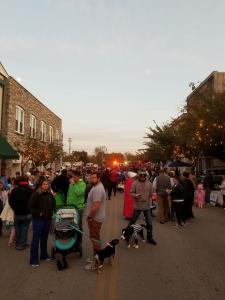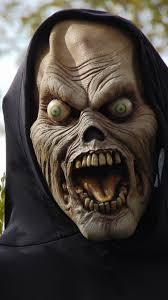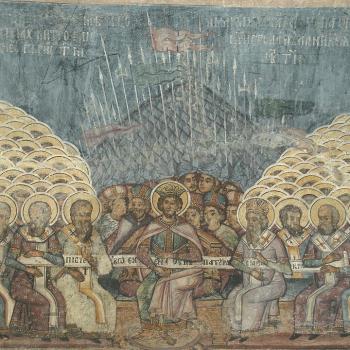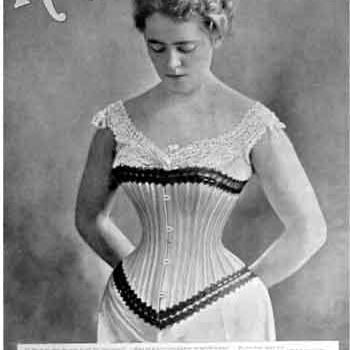I live in a small Southern town of about 3,000 people. The population, though, nearly doubles during the semesters when students flood the two campuses of Asbury University and Asbury Theological Seminary. The arrival of these students adds a lot of diversity to this otherwise nearly lily-white town. Students from Korea, Singapore, Venezuela, Nigeria, and dozens of other nations populate classrooms on campus, walk to the IGA in town to get their groceries, and send their children to the local public schools.

Many of these international students and their children, especially those from Africa, however, were conspicuously not out in public last Tuesday to celebrate Halloween. It was a puzzling non-response that can’t entirely be explained by cultural unfamiliarity with American customs. Nor by the town’s innocuous promotional campaign for the Treats on Main event:
Calling all superheroes, princesses, tigers, lions and bears…oh my! Wilmore Parks & Recreation invites you to join us on Tuesday, October 31 from 6-7:30 PM for Treats on Main Street in downtown Wilmore. Downtown Main Street will be blocked off, businesses, churches and organizations will hand out candy, and simple carnival games will be available. The Annual Treats on Main Costume Contest (just for fun) will be held at 7:30 PM in the Downtown Green Pavilion.
So why didn’t African seminary students join my four children as they reveled in the spooky costumes and sugar that surrounded them on all sides?

Based on several informal conversations, I suspect that this non-participation in Halloween might be rooted in certain spiritual sensibilities. Indeed, much research demonstrates the heightened sensitivity of Majority World Christians to supernatural phenomena. Surveys of Lausanne participants at Cape Town in 2010 showed that much higher percentages of non-Western evangelicals had witnessed or experienced evil spirits driven out of a person, divine healings, and speaking in tongues. According to Gastón Espinosa, nearly 64 percent of Latinos in the Assemblies of God pray for divine healing every day. In fact, many cite healing as a reason for their conversion. Many nonwestern Christians live in a spiritually alive universe populated by active demons and angels.
Many see Westerners as naïve about the power of dark spirits. In their view, Halloween isn’t innocuous. It invites—even celebrates—demons and ghouls and dark forces. If evil and its minions are really real, why make light of them?
In an attempt to understand why North Americans do make light of ghouls, non-Western missiologists have sought to understand Western culture. Much as the Western missionary movement moved toward contextualization in the twentieth century, so too is the non-Western missionary movement of the twenty-first century seeking to contextualize the West. They see Americans, blind to the power of evil forces, as bound by the Enlightenment and scientific rationalism.
At the Lausanne Congress for World Evangelization in 1974, non-Western delegates argued that Americans were unduly committed to nation-states, materialistic capitalism, unbridled autonomy, scientism and other modern structures rooted in early modern Europe. To the average Latin American, wrote missiologist Eugene Nida, “most North Americans seem to be predictably materialistic, banal and flat—as tasteless as a meal served in an automat.” Filipino Melba Maggay has called Western Christianity “a sandwich religion, a layer of Christian beliefs piled on top of a largely pagan slice of bread.”
Westerners might be drawn to Halloween for the Reese’s Cups. But to non-Westerners, that chocolate represents a much more insidious temptation than sugar.











